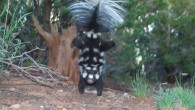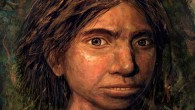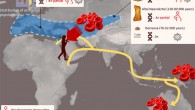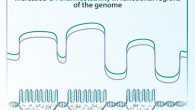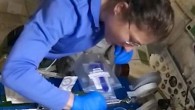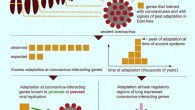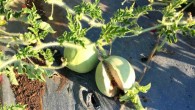Indian wolves (Canis lupus pallipes) could represent the most ancient surviving lineage of wolves, according to an analysis of the animal’s newly-sequenced genome. The Indian wolf (Canis lupus pallipes). Image credit: Dhaval Vargiya / CC BY-SA 4.0. The Indian wolf is a subspecies of gray wolf first described by the British ornithologist William Henry Sykes in 1831. It has a wide distribution range that extends from India in the east to Turkey in...


